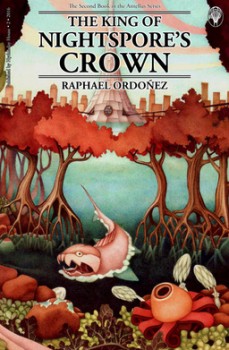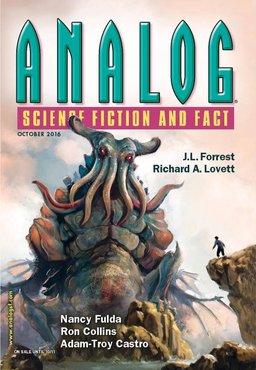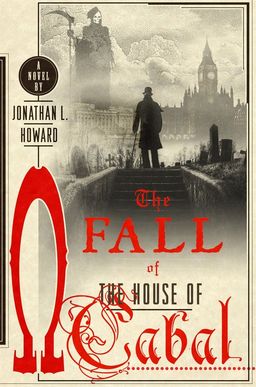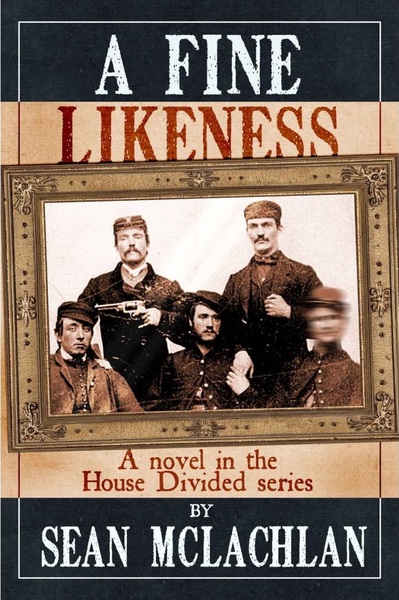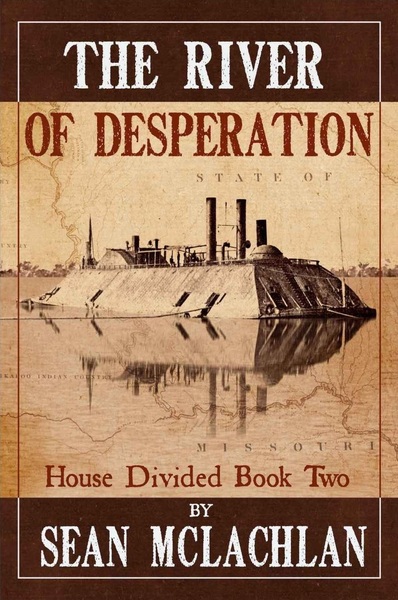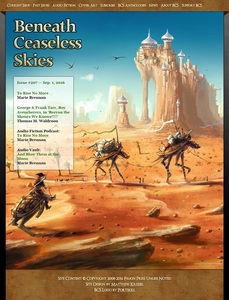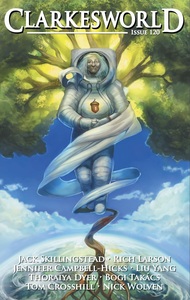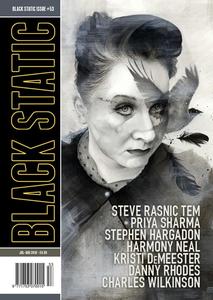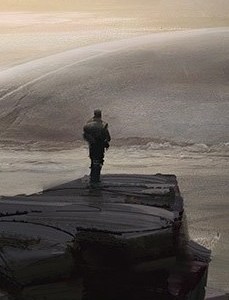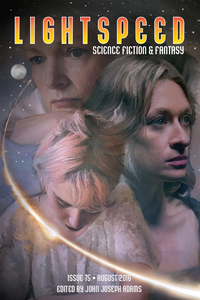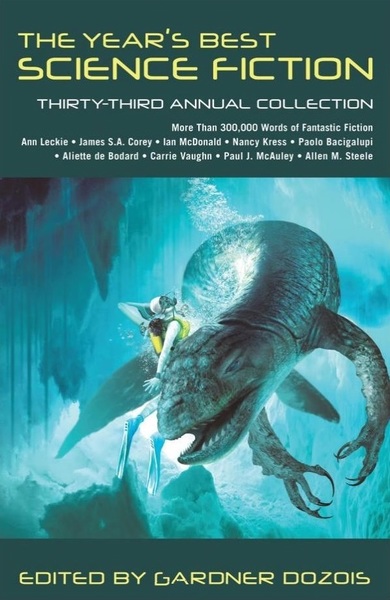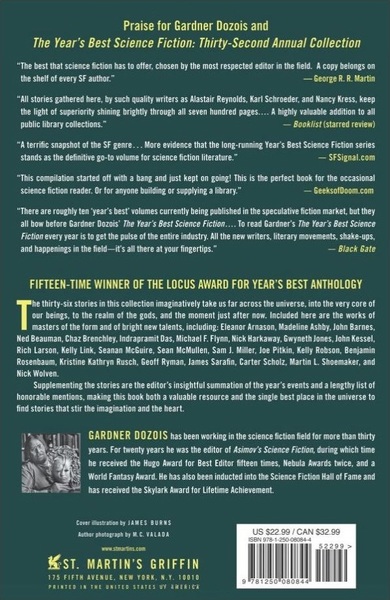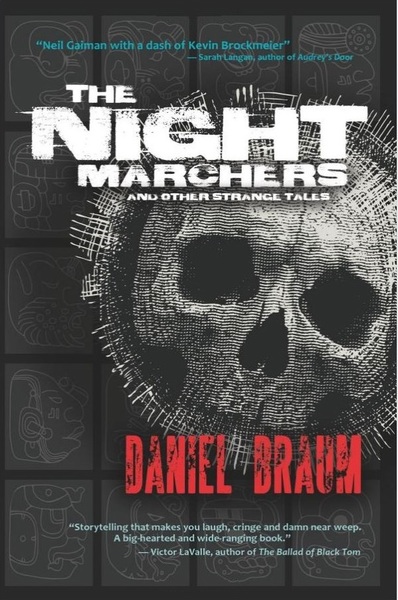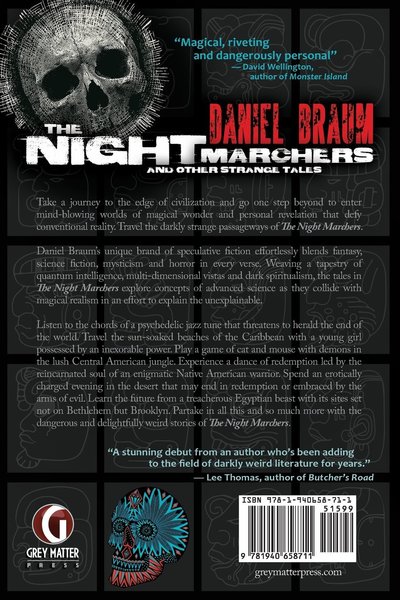io9 on All the New Scifi and Fantasy Books You Absolutely Must Read This Fall
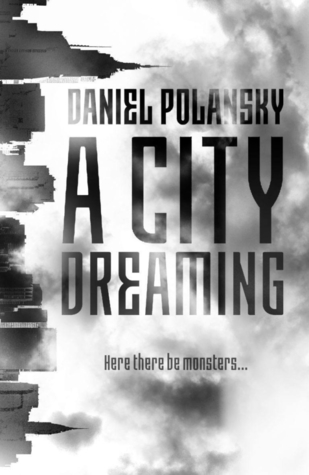 |
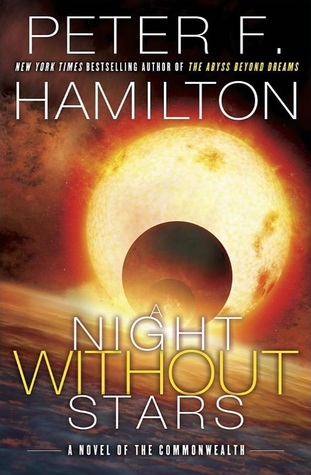 |
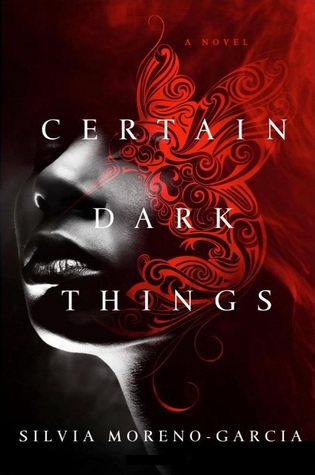 |
Fall officially begins on Thursday (here in the Northern Hemisphere, at least). Which means I can officially give up on the wreckage of my Summer Reading Plan, and start all over again with a brand new, crazy ambitious and supernaturally awesome Fall Reading Plan. Yeah!
I love the planning stages of my quarterly reading plans, ’cause they’re filled with crazy optimism. Shall we throw the 10-volume Malazan Book of the Fallen in there? Why the hell not! It’s only September!
It’s at this stage of the quarter that I find articles like Cheryl Eddy’s “All the New Scifi and Fantasy Books You Absolutely Must Read This Fall,” published at io9 at the end of August, so very helpful. Eddy lists over two dozen major books launching this fall, including A Night Without Stars by Peter F. Hamilton, Certain Dark Things by Silvia Moreno-Garcia, and new books by Connie Willis, Cixin Liu, Christopher Pries, Ken Liu, Margaret Atwood, Mel Brooks, Mark Frost, Bruce Sterling, and many others. Here’s her take on A City Dreaming by Daniel Polansky.
An ageless magician fond of drinking beer and sleeping late visits New York City to visit old friends, only to find the city has changed in unexpected ways — and a supernatural war is brewing on its fringes.
See the complete article here.
